Feet are the unsung heroes that carry us from point A to point B to everywhere in life! Still, like any hero, feet come with distinct traits. One of the most common foot narratives revolves around the phenomenon of flat feet—or, as it's technically called, fallen arches.
Often inherited or developed over time, this condition means the arches of the feet are flattened, allowing the entire foot to touch the ground. While this might sound ordinary to some, it underscores the importance of picking the right shoes for those with flat feet.
Just like you'd make sure you have the right tires for your specific car, having the right shoes tailored to your flat feet is vital for both comfort and health.
What is the anatomy of flat feet?
At a glance, the foot may appear as a single entity, but it's a complex structure made up of bones, tendons, and muscles. Flat feet come into play when the arches don't develop during childhood or when they collapse due to age, injury, or wear and tear.
What causes flat feet?
There's no single culprit of flat feet. They can be congenital, meaning you're born with them. Sometimes, they're a result of weakened tendons due to aging, obesity, or conditions like rheumatoid arthritis. A ruptured tendon or nerve issues could also be behind the collapsing arches.
What is the connection between overpronation and flat feet?
Overpronation is when the feet roll inwards excessively as you walk. It's closely linked to flat feet because fallen arches often lead to overpronation. With low arches or no arches, there's a higher tendency for the foot to roll, potentially leading to various ailments and discomfort.
What is the significance of foot shape and type?
The anatomy of our feet, including the shape and type, holds significant importance when it comes to walking, running, or simply standing. It's the blueprint dictating how weight is distributed across the foot.
People with flat feet might experience uneven weight distribution, stressing certain areas more than others. This emphasizes the need for shoes designed to restore balance and reduce undue pressure for this foot type.
Understanding flat feet isn't just about recognizing its causes. It's about appreciating the mechanics of our feet and ensuring they get the support they rightfully deserve.
What features should you look for in a shoe?
Navigating the maze of shoe features can be a daunting task. For those with flat feet, it's imperative to discern which features genuinely benefit you. Let’s break down these essential elements to ensure every step taken is comfortable and supported.
Arch support: The backbone of shoes for flat feet
Flat feet require a pillar of support; that's where arch support comes into play. The best walking shoe will offer firm yet comfortable support right under the arch so that the foot is correctly aligned with the rest of the body.
This alignment not only aids in reducing pain associated with flat feet, it also ensures that you won’t develop secondary issues due to poor posture or misalignment.
Cushioning and midsole: The dynamic duo
Cushioning plays a paramount role in ensuring that every step feels like walking on clouds. This is particularly true for those with flat feet, where the absence of natural arch cushioning makes external cushioning crucial.
The midsole, particularly ones made of foam, acts as the main shock absorber. Foam midsoles are lauded for their ability to distribute pressure evenly across the foot. Extra cushioning, on the other hand, can provide an enhanced underfoot feel, ensuring that there's no undue pressure on specific parts of the foot.
Together, they offer a cocoon of comfort, reducing strain and preventing potential injuries.
Outsole: The sturdy foundation
A robust outsole, preferably made of rubber, is essential for two reasons: durability and traction. Rubber outsoles are resilient and can withstand the wear and tear of daily activities. Additionally, its natural grip ensures you have firm footing, preventing slips and potential injuries.
Wide toe box: Room to breathe
One common complaint among those with flat feet is bunions. A wider toe box can help prevent these by giving your toes ample space to spread naturally without feeling cramped. This both helps with bunions and promotes overall foot comfort.
Heel counter and heel cup: Pillars of stability
The heel counter is the back portion of the shoe that wraps around the heel. Its rigidity ensures that the foot is held in place, preventing unnecessary movements that could lead to injuries. The heel cup, on the other hand, cradles the heel, providing an added layer of stability.
Together, they form a formidable duo that ensures one's foot remains stable, reducing the chances of overpronation, which is common among those with flat feet.
Shock absorption: The unsung hero
The role of shock absorption can't be overstated. Each time we take a step, it exerts a force on our feet. For those with flat feet, this force can lead to pain if not correctly absorbed. Shoes with excellent shock absorption distribute this force, ensuring that no single part of the foot bears the brunt. This plays a pivotal role in reducing foot pain and associated discomfort.
Mesh upper: A breath of fresh air
While the internal features of a shoe are undeniably essential, the external material, specifically the upper, plays a significant role in foot comfort. A mesh upper ensures the shoe is breathable, reducing the chances of sweaty feet, blisters, and associated discomfort. It allows for a continuous flow of air, ensuring that the foot remains dry and comfortable regardless of the activity.
Removable insoles: The game changer
The beauty of removable insoles is the flexibility they offer. Whether you need custom orthotics or want to transition to specialized inserts for specific activities, having the option to replace the insole is a must. It ensures you can tailor your shoe's internal environment to your specific needs.
Understanding footwear types for flat feet
Having flat feet doesn't mean compromising on style or comfort. Instead, it's about making informed choices. Here's a deep dive into the types of footwear tailored for flat-footed individuals.
Stability shoes
Often hailed as the knight in shining armor for those with flat feet, stability shoes are all about—well, stability. Designed specifically to prevent excessive pronation (the inward roll of the foot when walking), these shoes come equipped with reinforced arch support. The goal is simple: to prevent the foot from rolling too far inward, reducing stress on the knees and ensuring a balanced gait.
Motion control shoes
For those who experience severe overpronation, motion-control shoes might be the answer. These are a notch above stability shoes in terms of support. They offer a stiffer heel and a straighter design, ensuring the foot remains aligned and the arch doesn’t collapse. These are ideal for those with extremely flat feet, providing a blend of comfort and correction.
Walking shoes vs. active shoes
You might ask, "Aren't walking and active shoes essentially the same?" Not quite. When it comes to flat feet, differentiation is crucial.
Walking shoes for flat feet tend to focus more on overall foot support, considering the heel-to-toe motion of walking. They also have thicker cushioning under the ball of the foot.
In contrast, the best active shoes for flat feet tackle the higher impact of running, offering more heel cushioning and shock absorption.
Dress shoes
Dressing up shouldn’t feel like taking a step down in comfort. Dress shoes for flat feet should marry style with comfort. The key lies in finding a pair with built-in arch support and a roomy toe box. Opt for leather insoles for added comfort and breathability. By understanding these different footwear types, you're better positioned to make a choice that's just as stylish as it is supportive.
Why are Kiziks the best for flat feet?
At Kizik, we believe in elevating the shoe game for those with flat feet. We've engineered our shoes to cater to every foot shape while prioritizing comfort, style, and versatility. Here's a closer look at some of our top picks tailored to those with flat feet:
Why are Kiziks so comfortable?
- Wide stance: Crafted keeping in mind the diverse array of foot shapes, Kiziks offer generous width to ensure your feet have ample room, mitigating any pressure points.
- Soft upper: We've chosen materials that are not only durable but also soft to the touch. This ensures the upper of the shoe comfortably molds to your foot, reducing any discomfort or constriction.
- Roomy toe box: This feature is a boon for those with bunions or for those who appreciate some extra wiggle room for their toes and want a comfortable stride.
Kizik Rabbit Foam™ and Flex Foam™ outsoles
- Softening impact: We understand the importance of cushioning for flat-footed individuals. We design our outsoles to absorb the shock of each step and offer a gentle experience for your feet.
- Memory-like foam: Taking inspiration from memory foam, we've crafted our outsoles to provide optimal comfort, stability, and strength. This approach offers superior comfort compared to traditional rubber soles that lack the same cushioning benefits.
Removable insoles
- Customization at its best: At Kizik, we value the uniqueness of each foot. Our shoes come with removable insoles, allowing the freedom to use custom orthotic inserts for specialized comfort.
- Designed for flexibility: These insoles can easily be swapped out depending on your needs, ensuring you get support exactly where you need it.
Versatility and comfort across all designs
- Flexible designs: Our overarching approach is to craft shoes that are as versatile and as flexible as possible. Every part of our shoe—from the upper to the outsole—is designed to provide the highest degree of comfort.
- Catering to diverse foot shapes: We pride ourselves on creating shoes that can accommodate a wide range of foot shapes. Whether you have a broader forefoot, a narrower heel, or anything in between, Kizik designs are there to support your unique foot structure.
In essence, when you opt for Kiziks, you're choosing more than just a comfortable shoe. You're investing in footwear that has been meticulously designed for the needs of those with flat feet. Our range ensures that you don’t have to compromise on style for the sake of comfort or vice versa. Every stride in a Kizik is a step toward better foot health and fashion-forward style.
How can you manage foot conditions related to flat feet?
The ripple effect of flat feet can lead to various foot conditions. Addressing them requires a comprehensive understanding and as well as the right shoes to offer corrective and preventive measures:
- Plantar fasciitis: This painful condition results from inflammation of the plantar fascia, a ligament connecting the heel to the toes. Flat feet can strain this ligament due to the irregular distribution of weight. Therefore, heel support in your shoes is extremely important to manage and prevent the pain associated with plantar fasciitis.
- Bunions: A bunion is a bony bump that forms at the base of your big toe. The misalignment often seen in flat feet can exacerbate the development of bunions. Shoes with a wide toe box in extra wide sizes can help alleviate the pressure on the bunion, providing much-needed relief.
- Orthotics and inserts: For those with flat feet, custom orthotics or inserts are game-changers. They offer tailored arch support and can enhance footbed comfort, distributing weight evenly and reducing the risk of foot pain.
Expert opinions and recommendations on flat feet
Expert insights greatly help the journey of understanding and addressing flat feet:
- Podiatrist's perspective: Regular check-ups with a podiatrist are invaluable for those with flat feet. They can offer insights into the specificities of your foot shape and provide recommendations tailored to your unique needs.
- American Podiatric Medical Association (APMA): APMA has set rigorous standards for foot health, especially for those with foot conditions. Adhering to their guidelines ensures that you’re not just getting any shoe but one that meets recognized standards of foot care.
Supporting your feet
Navigating the world with flat feet doesn't mean compromising on foot health or style. Everyone’s journey begins with understanding the anatomy of their feet, including the midfoot, and whether they have high arches or flat feet. Investing in the right pair of shoes becomes more than just a fashion statement—it's about health, comfort, and long-term well-being.
Supportive shoes that offer extra support are lifesavers for those battling heel pain and other discomforts.
At Kizik, we craft footwear that walks the balance between health, comfort, and style. Your feet carry you through life's numerous journeys; they deserve the best.For those committed to treating their feet right, the choice is clear: Choose wisely, choose Kizik.
Sources:
Flat Feet (Flatfoot): Types, Causes & Treatment | Cleveland Clinic
Flatfeet - Symptoms and causes | Mayo Clinic
Disease/Condition: Overpronation: What It Is, Causes & Treatment | Cleveland Clinic



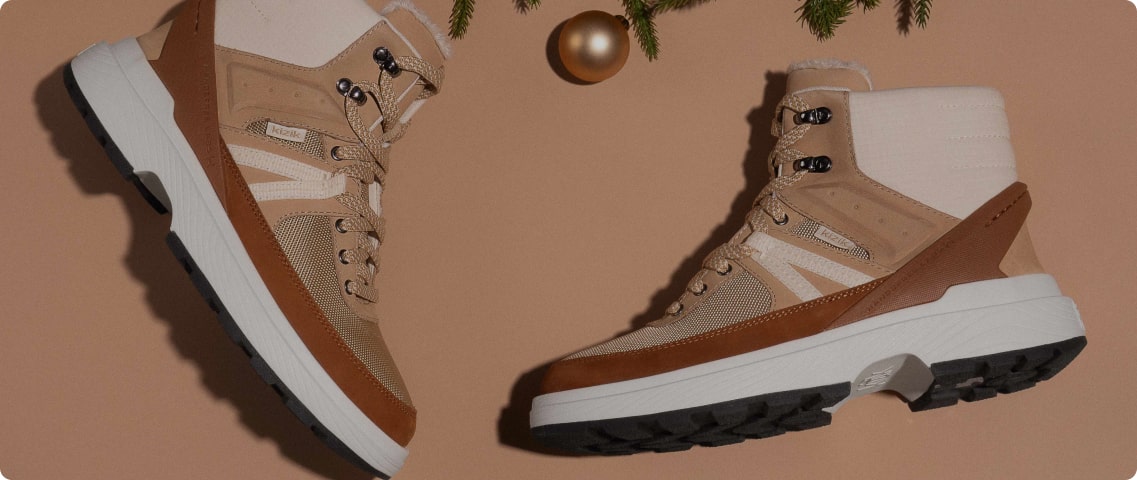
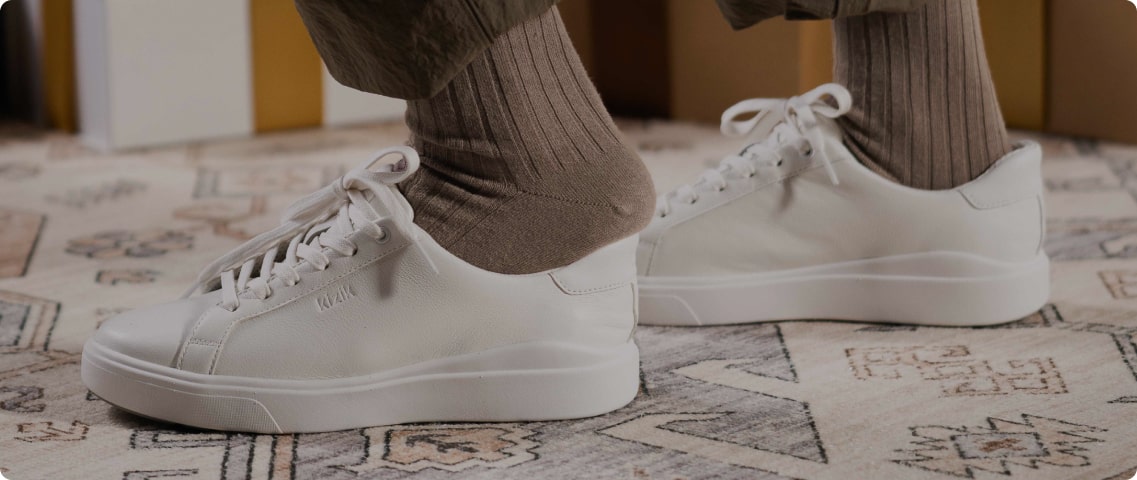
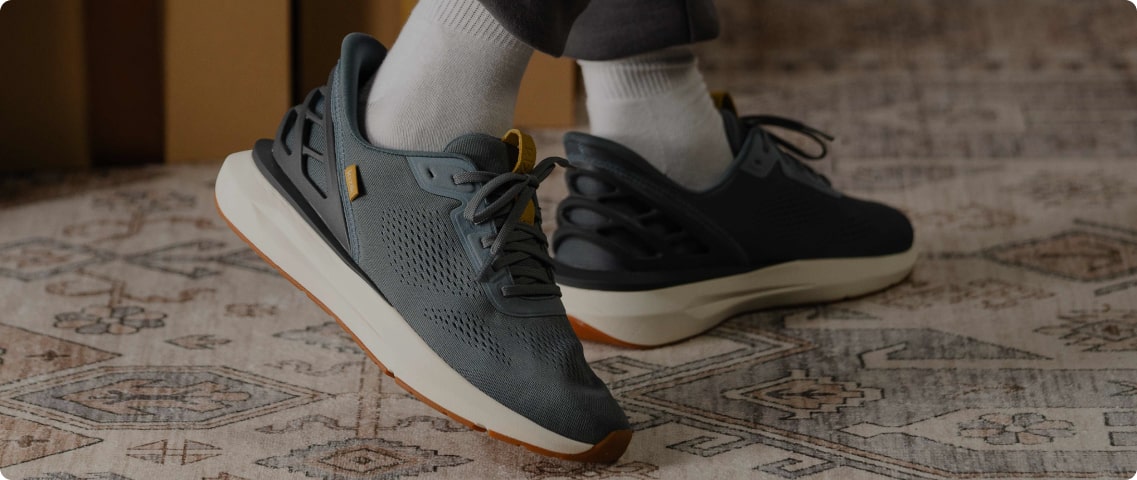


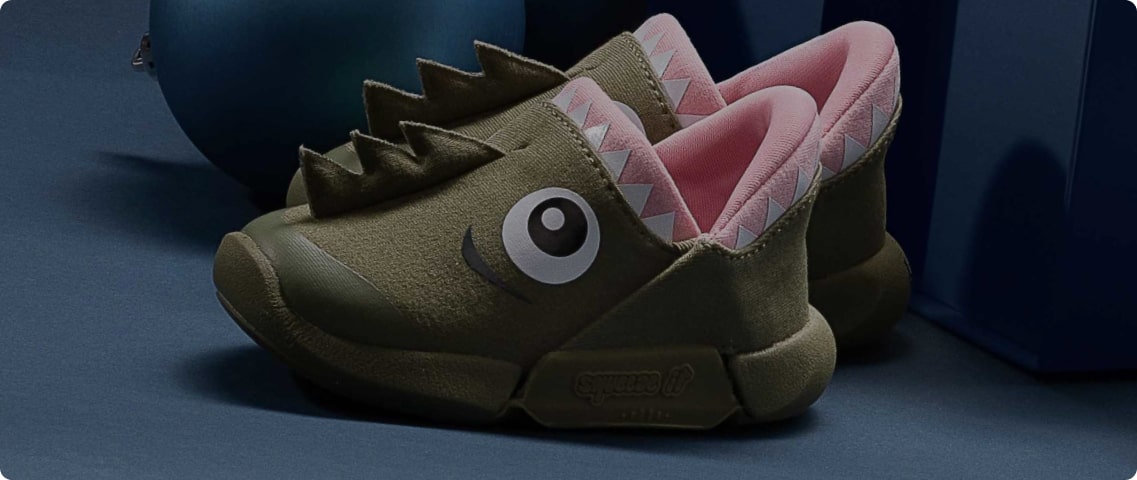
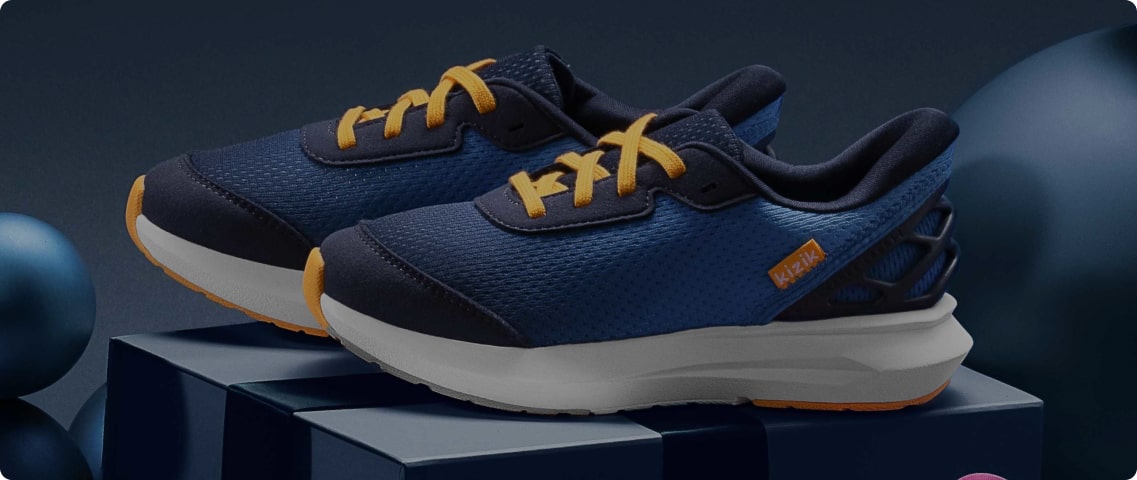
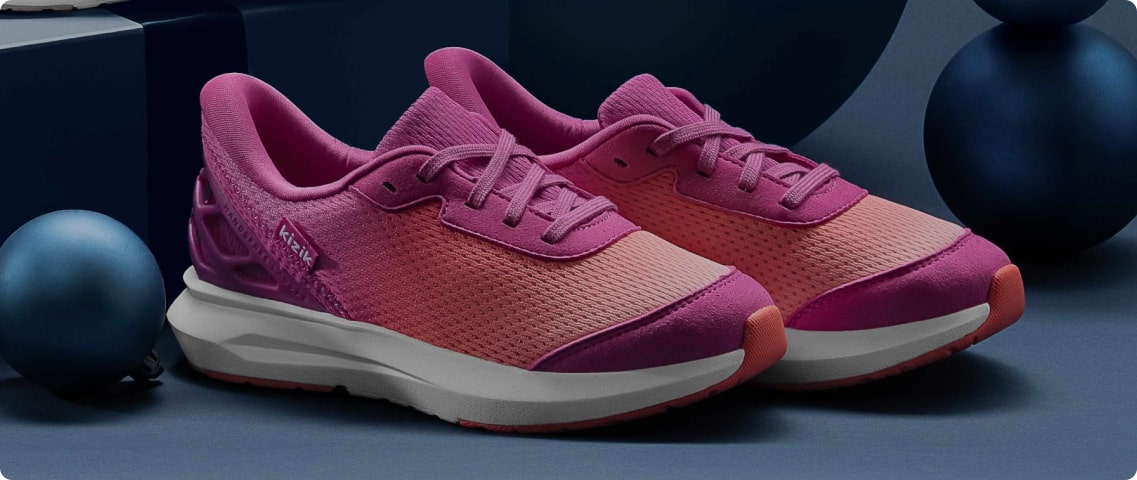

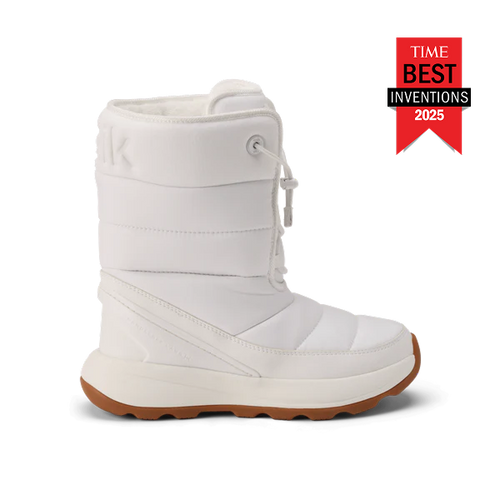


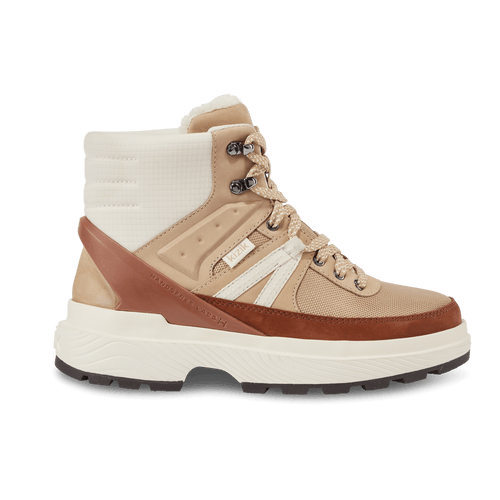
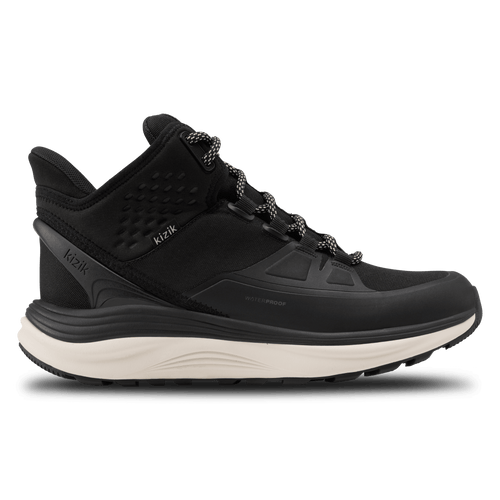








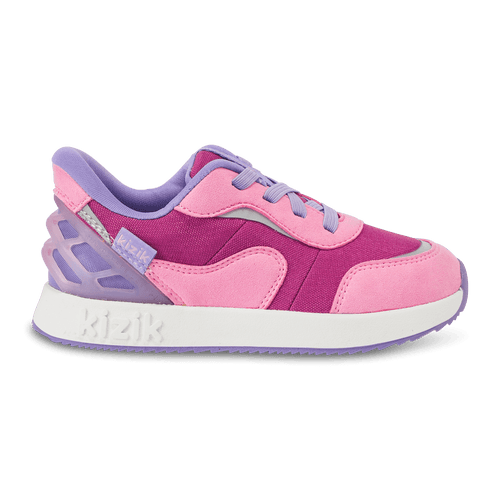

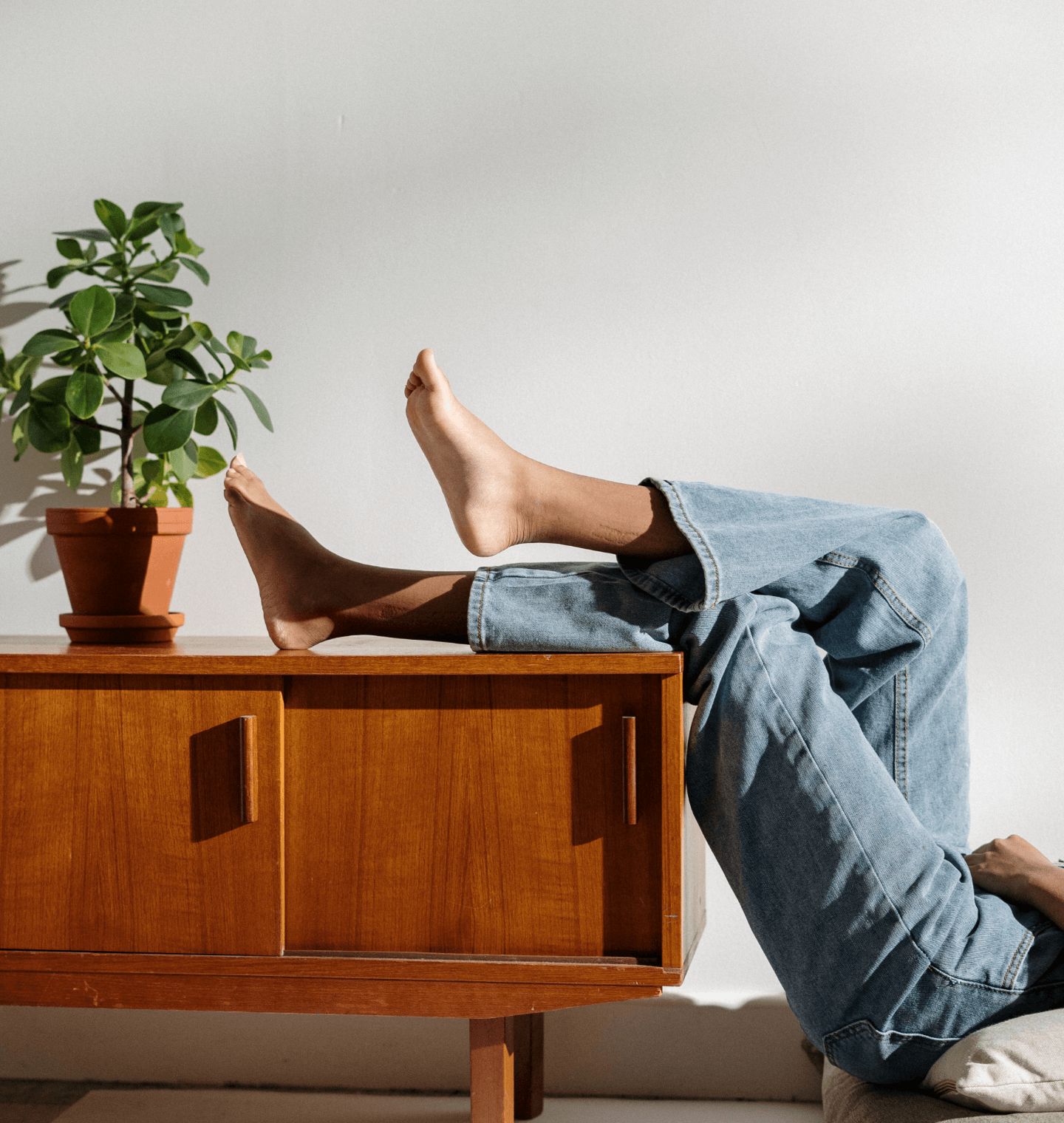


Leave a comment
This site is protected by hCaptcha and the hCaptcha Privacy Policy and Terms of Service apply.